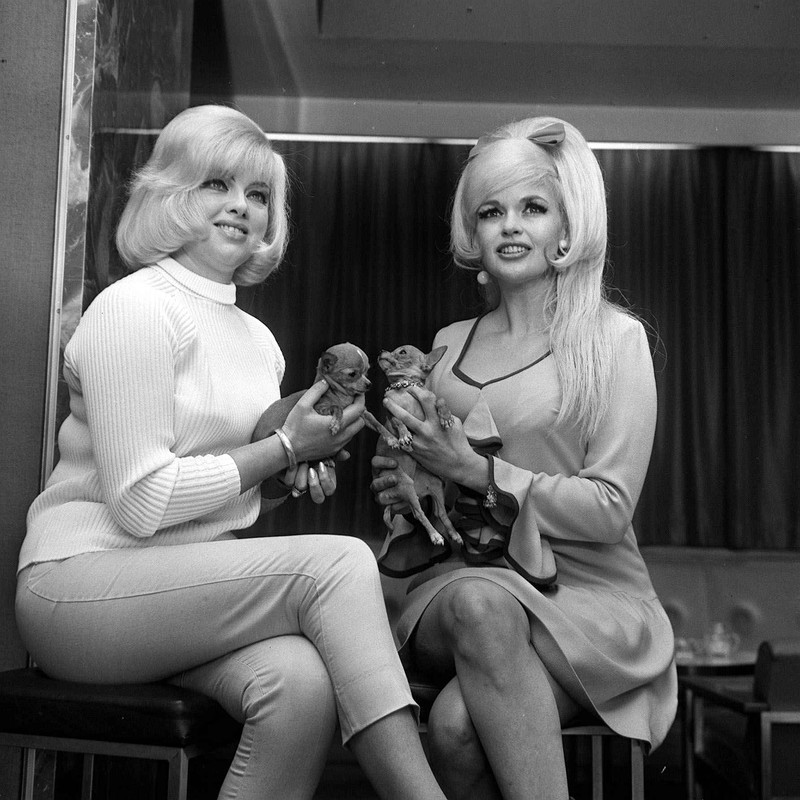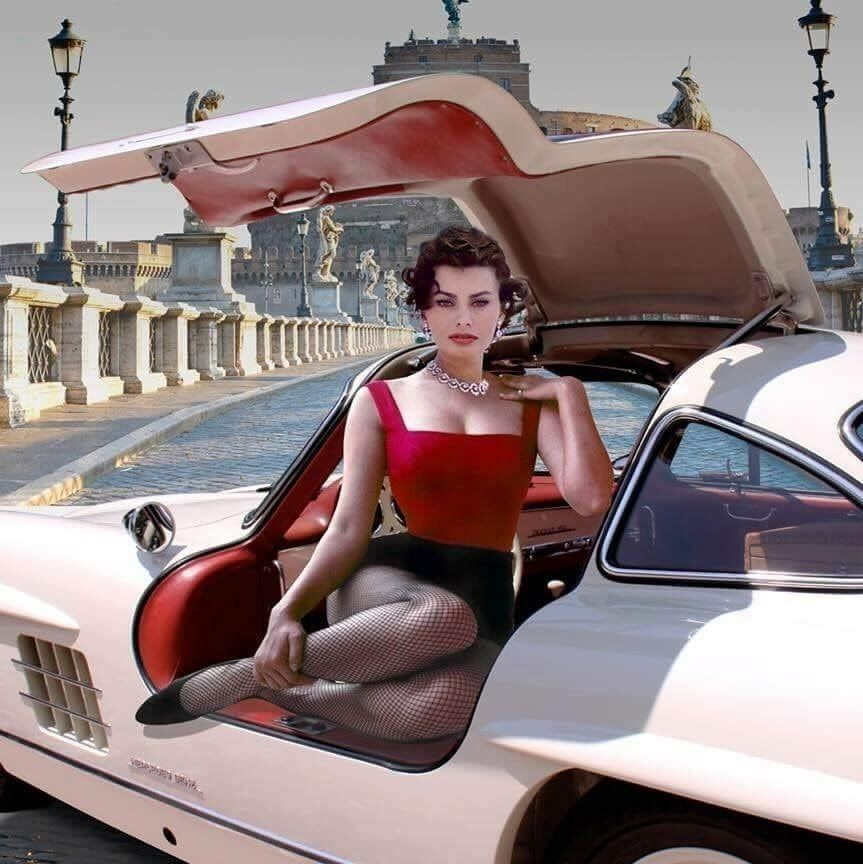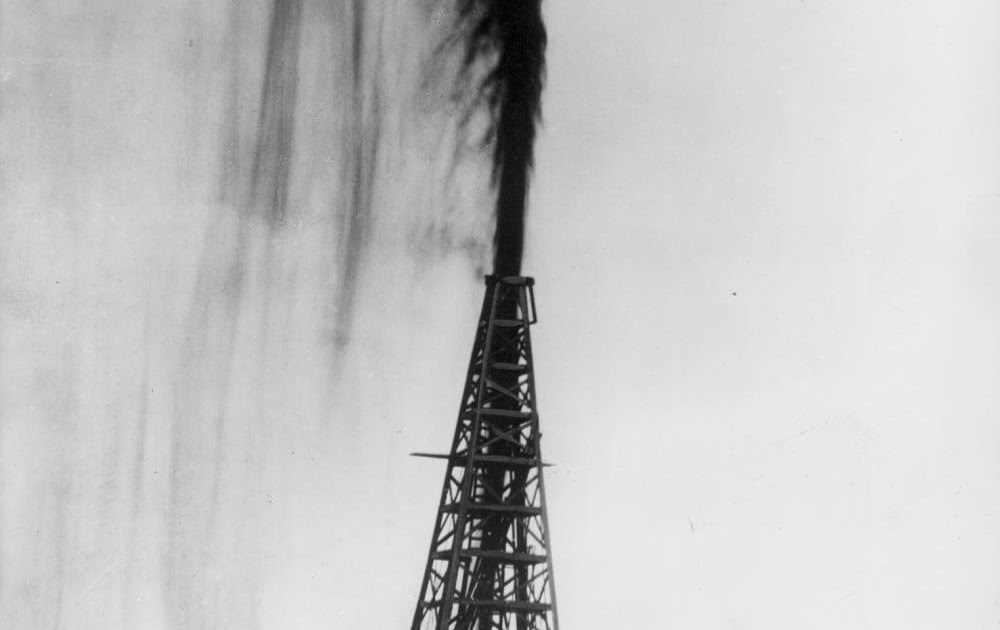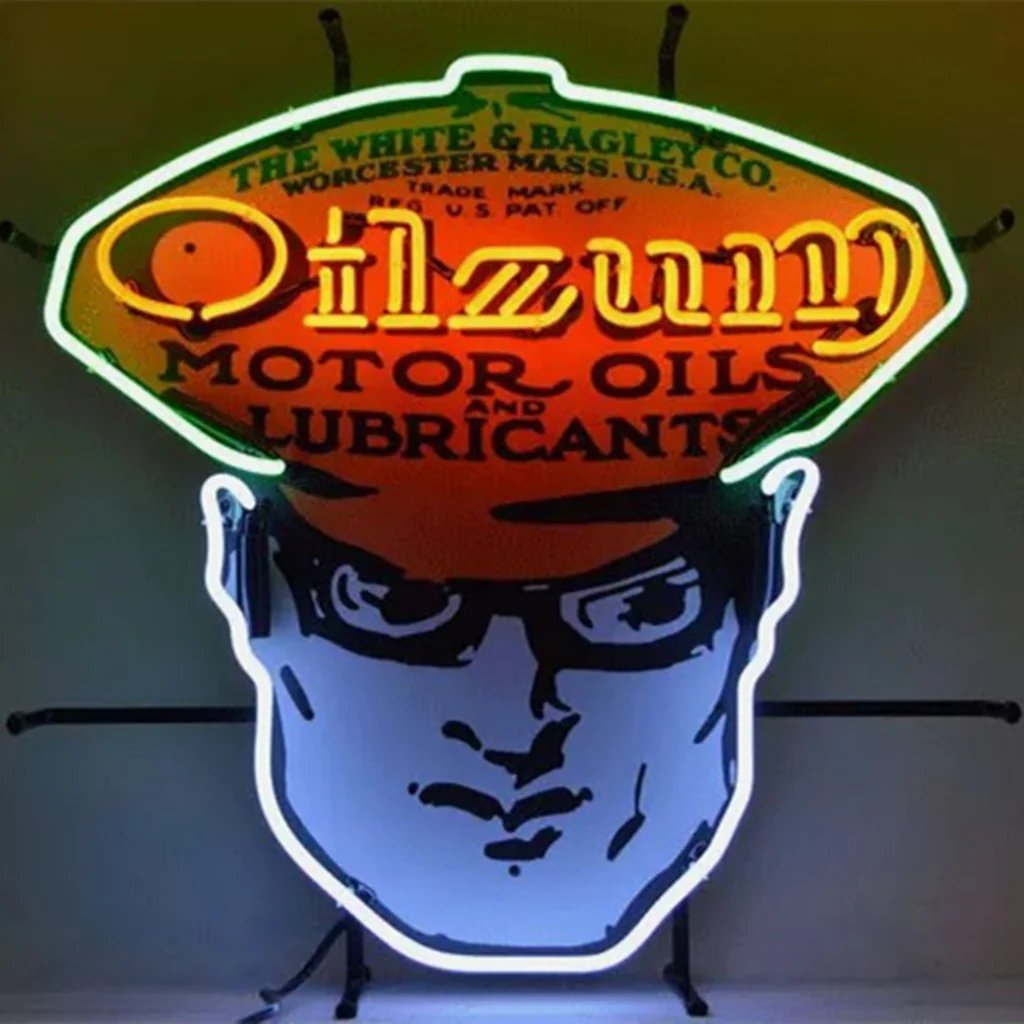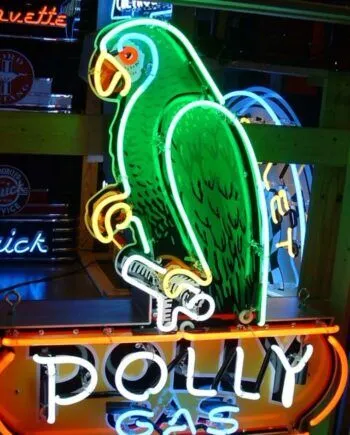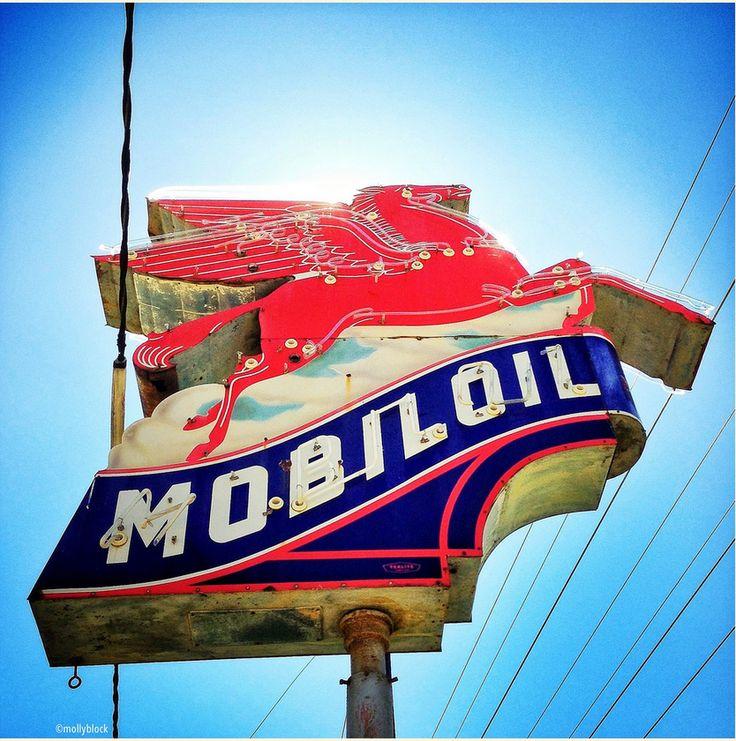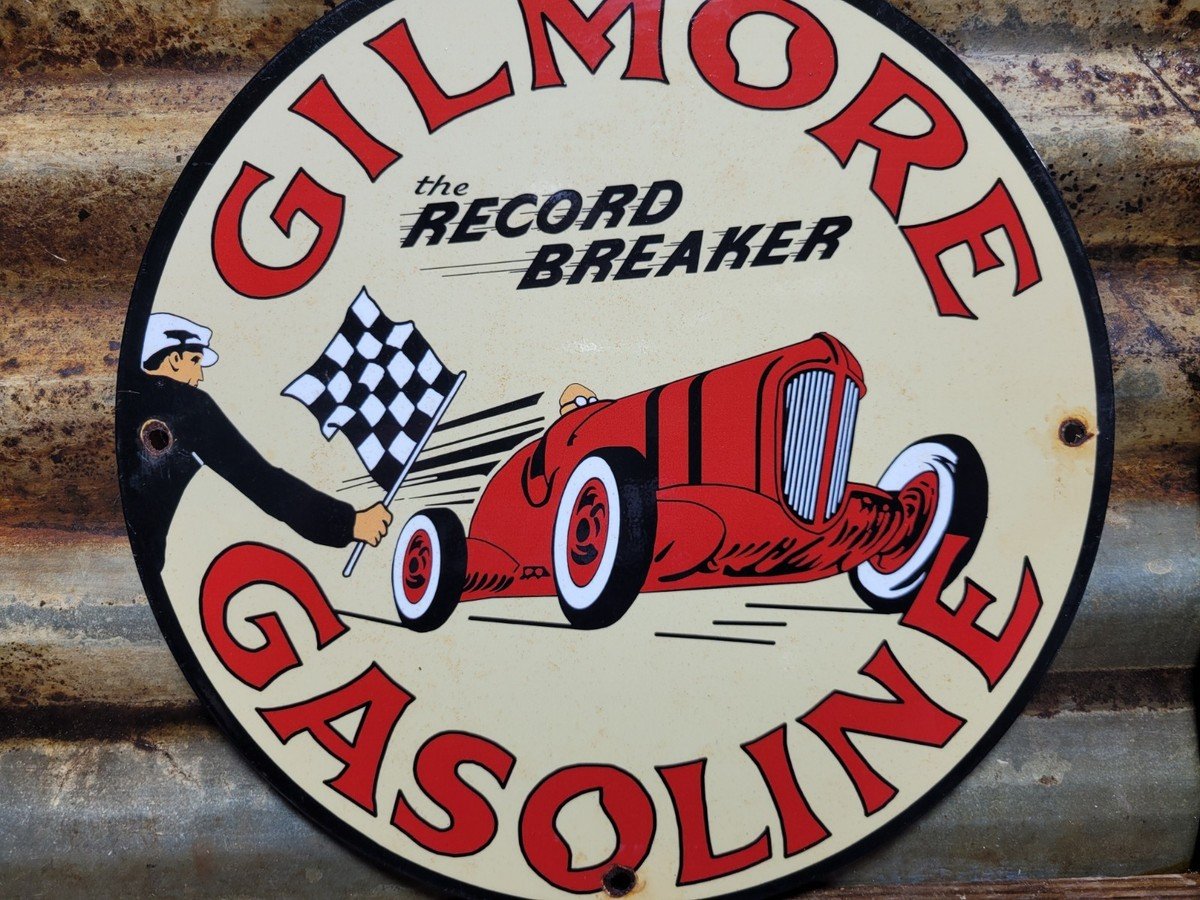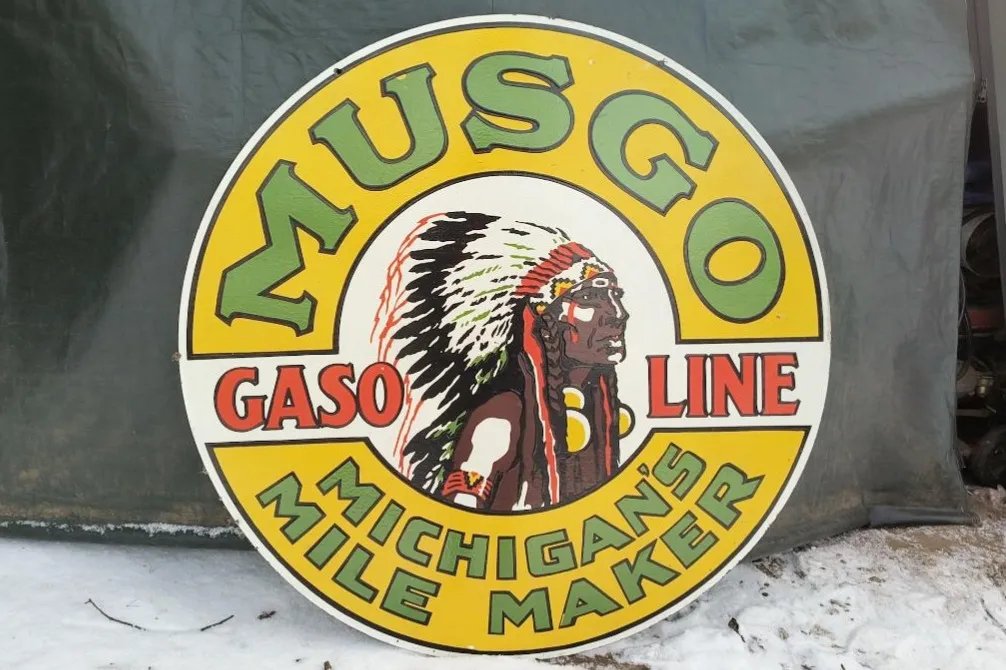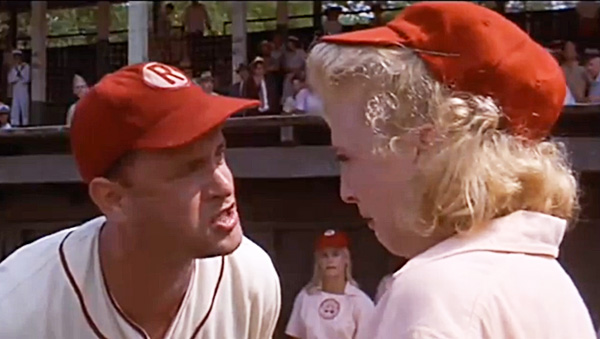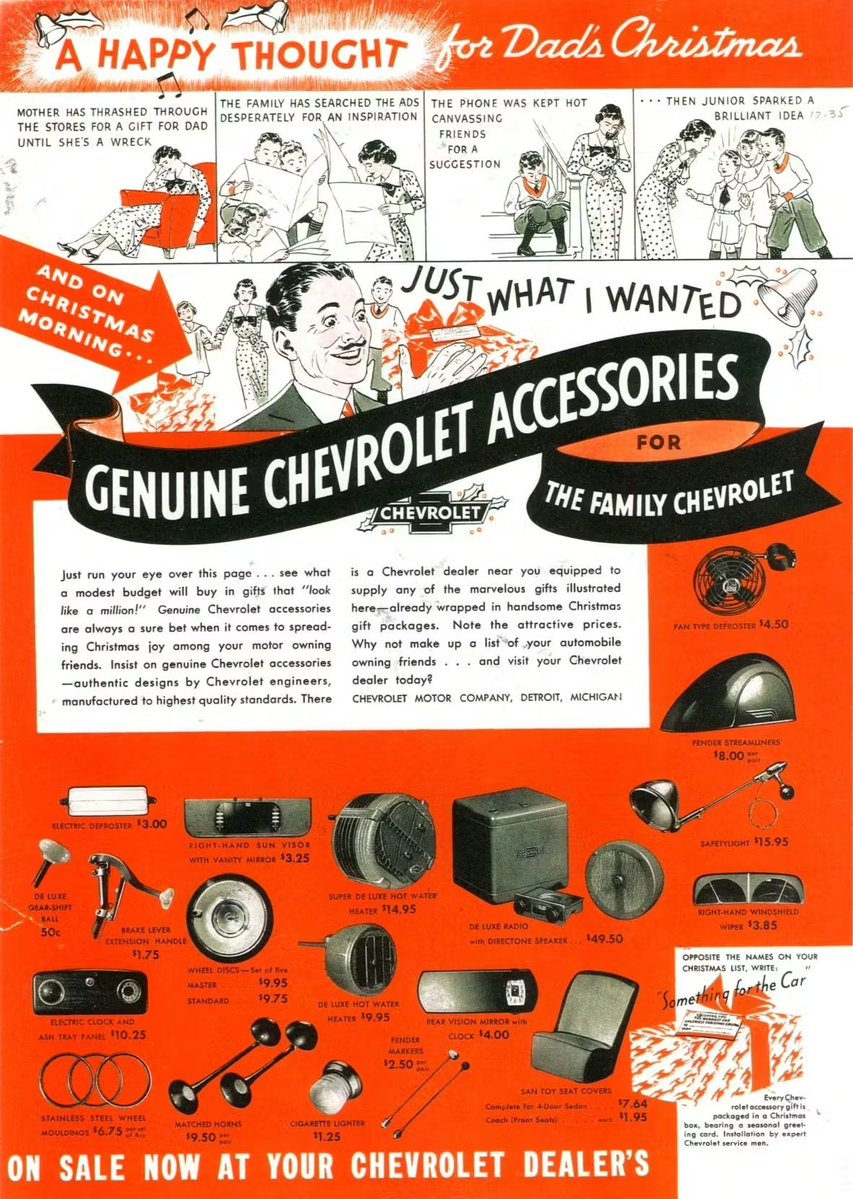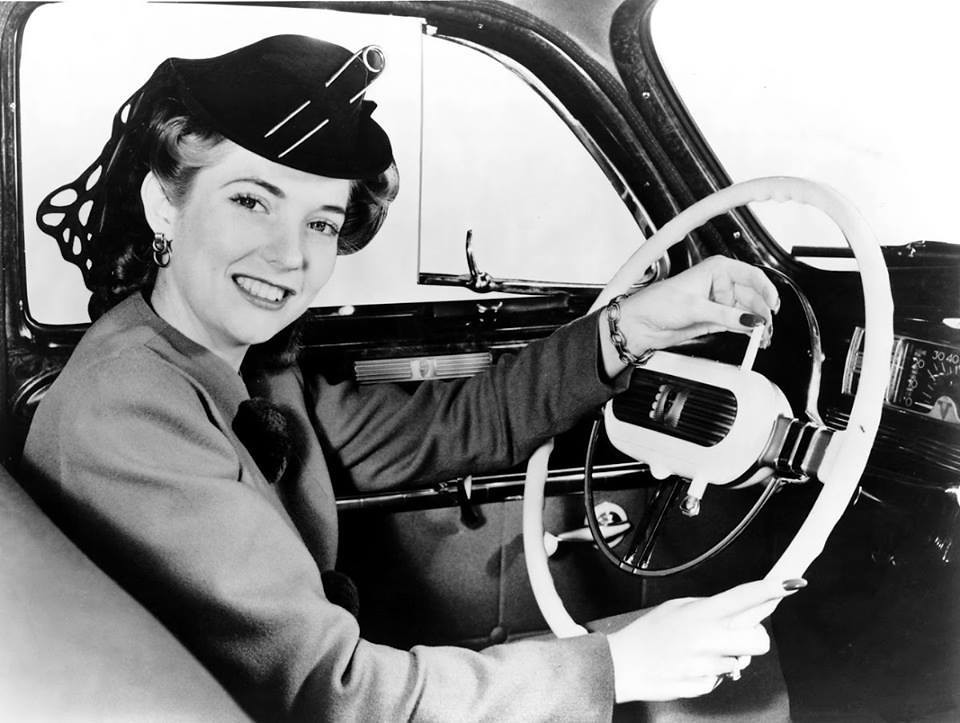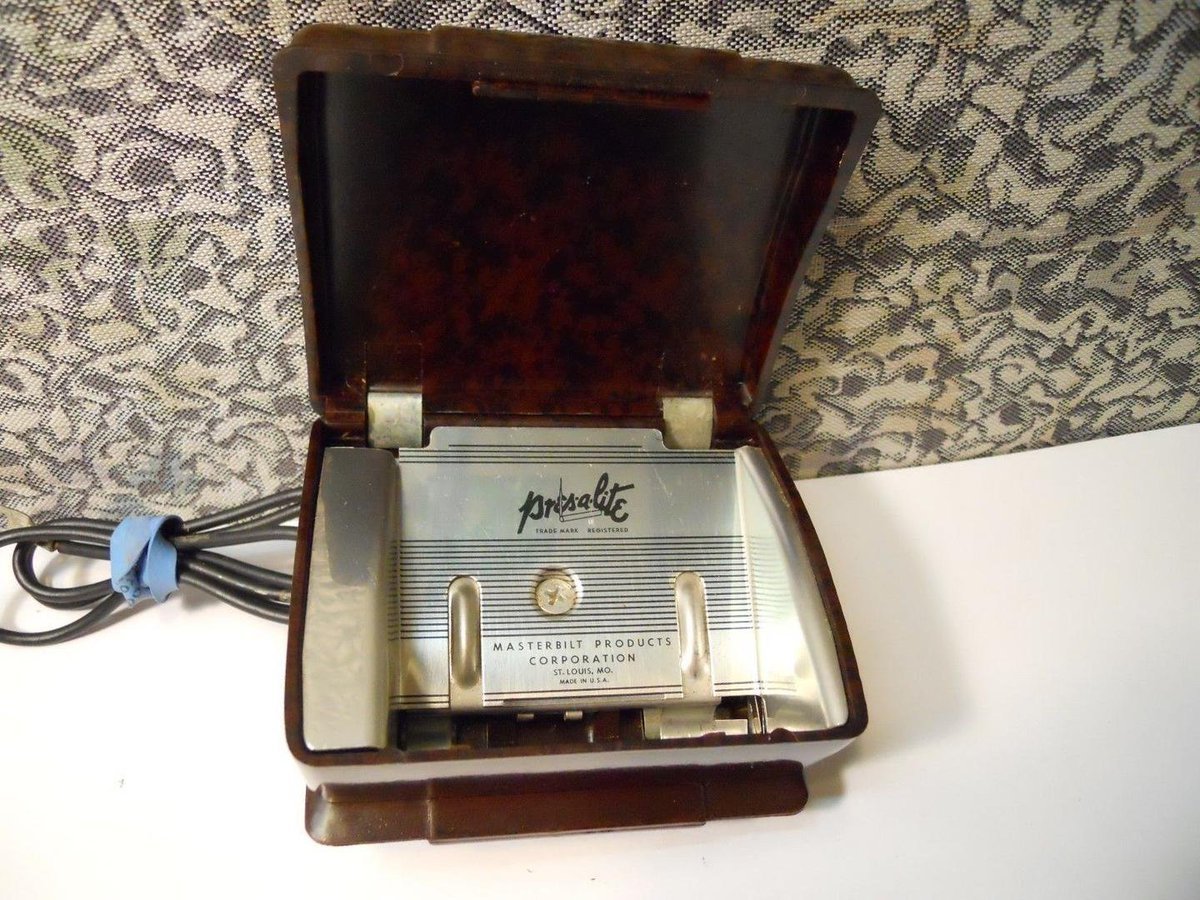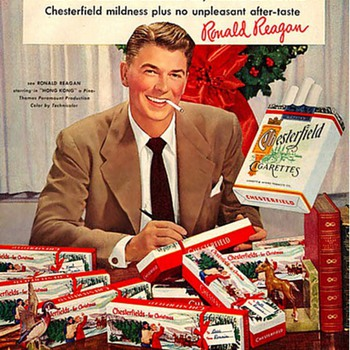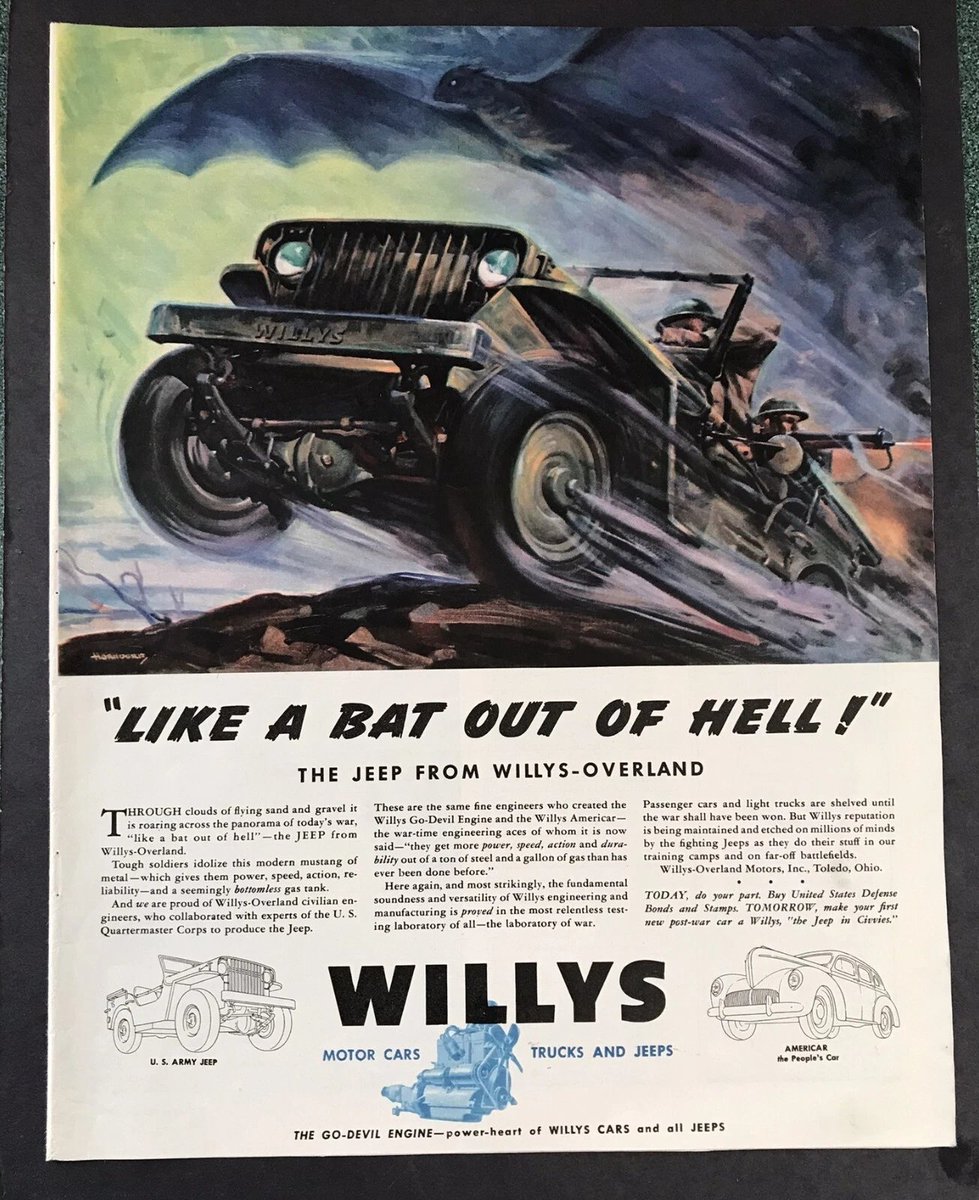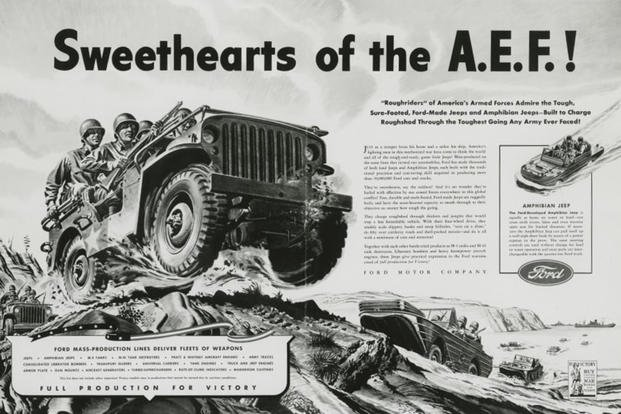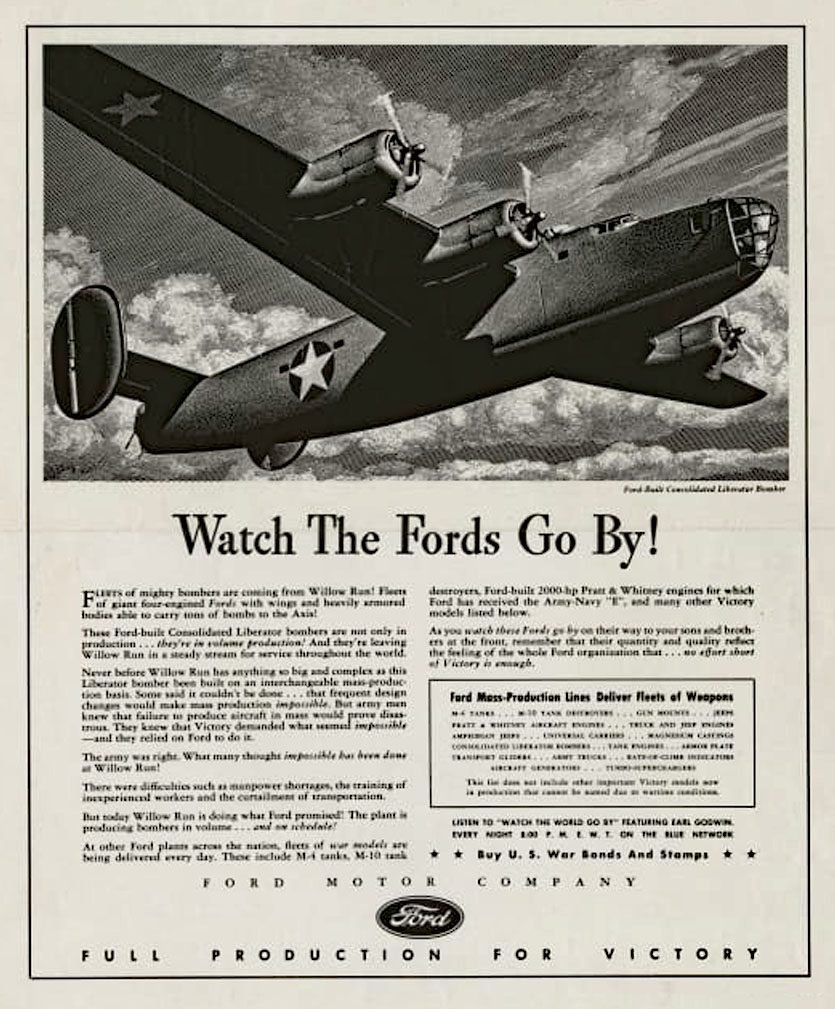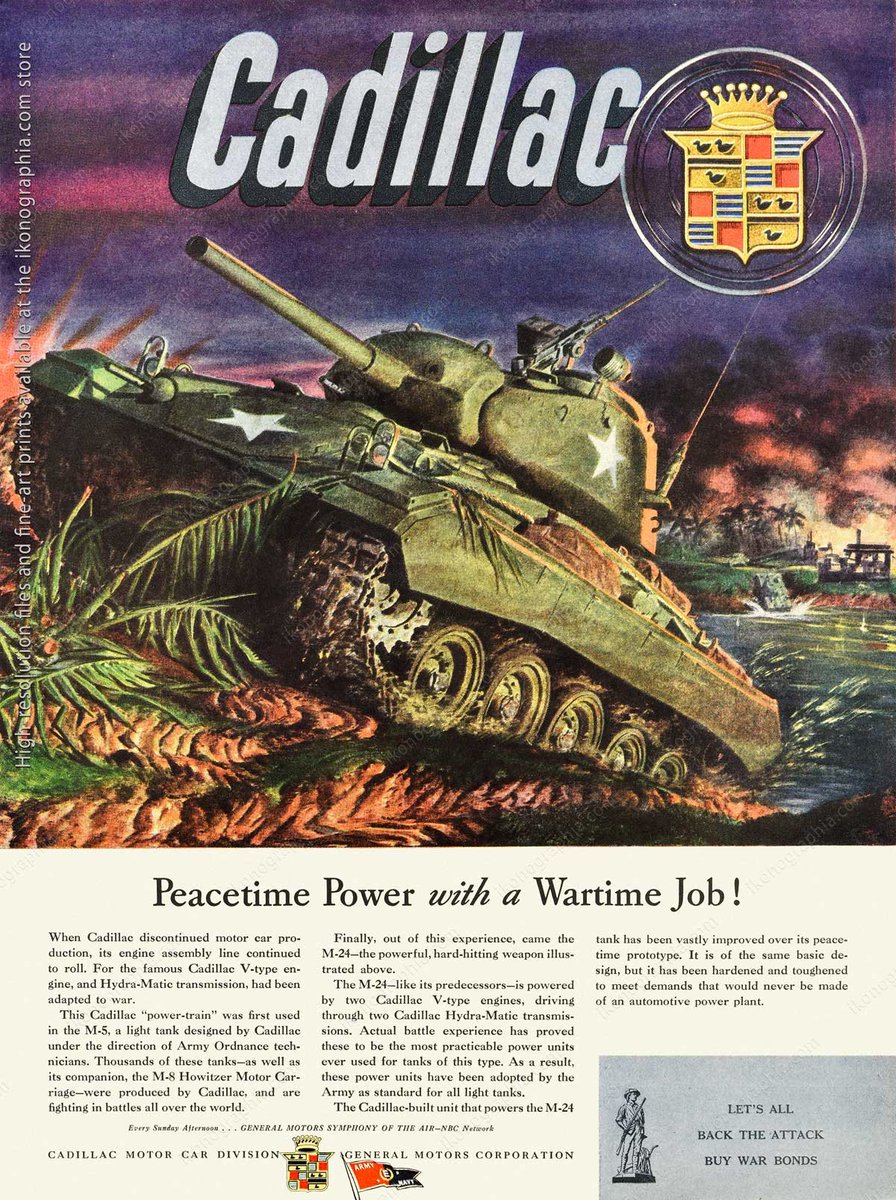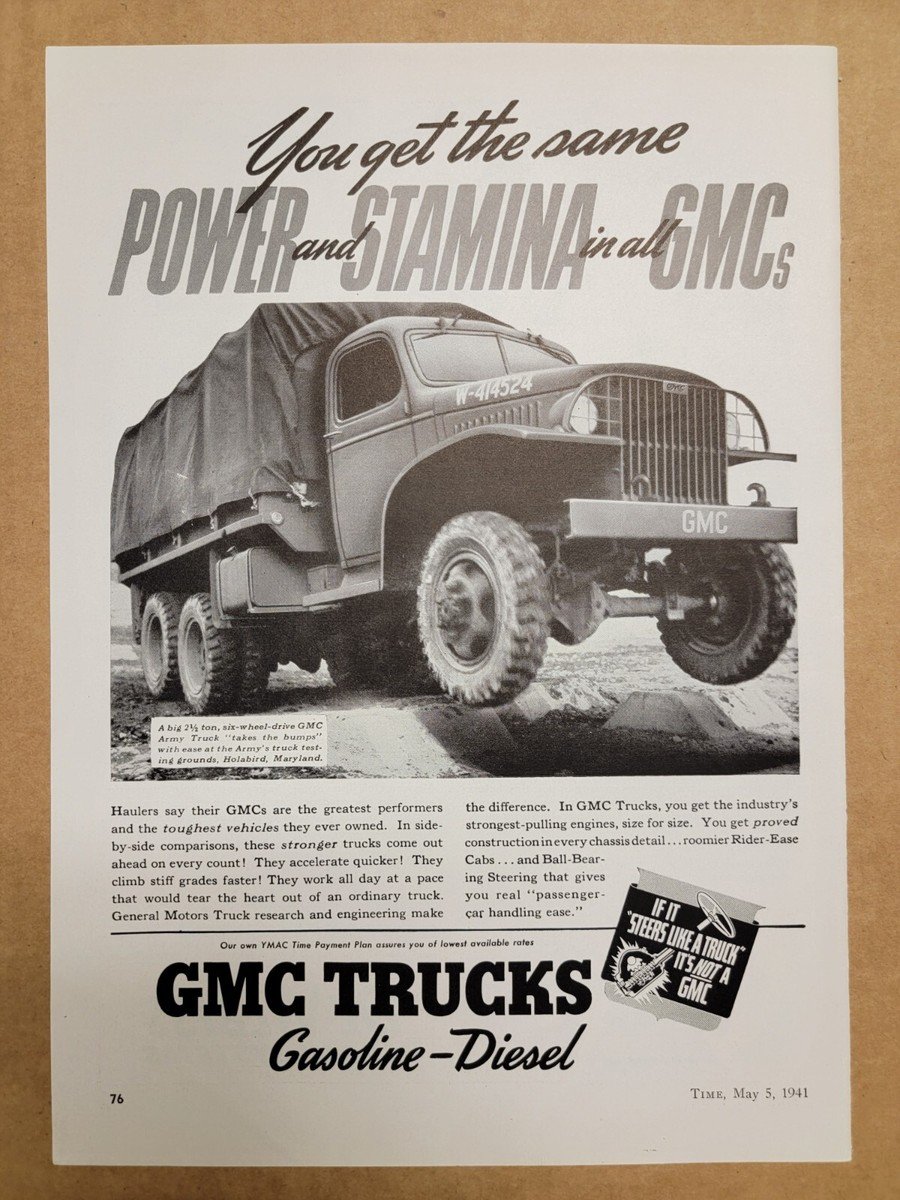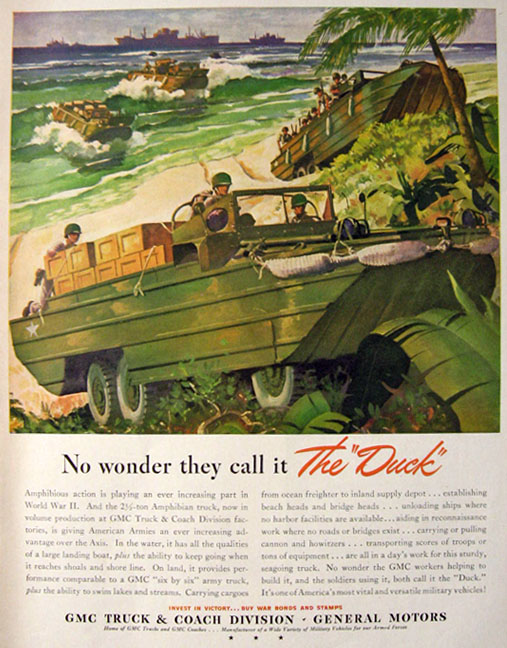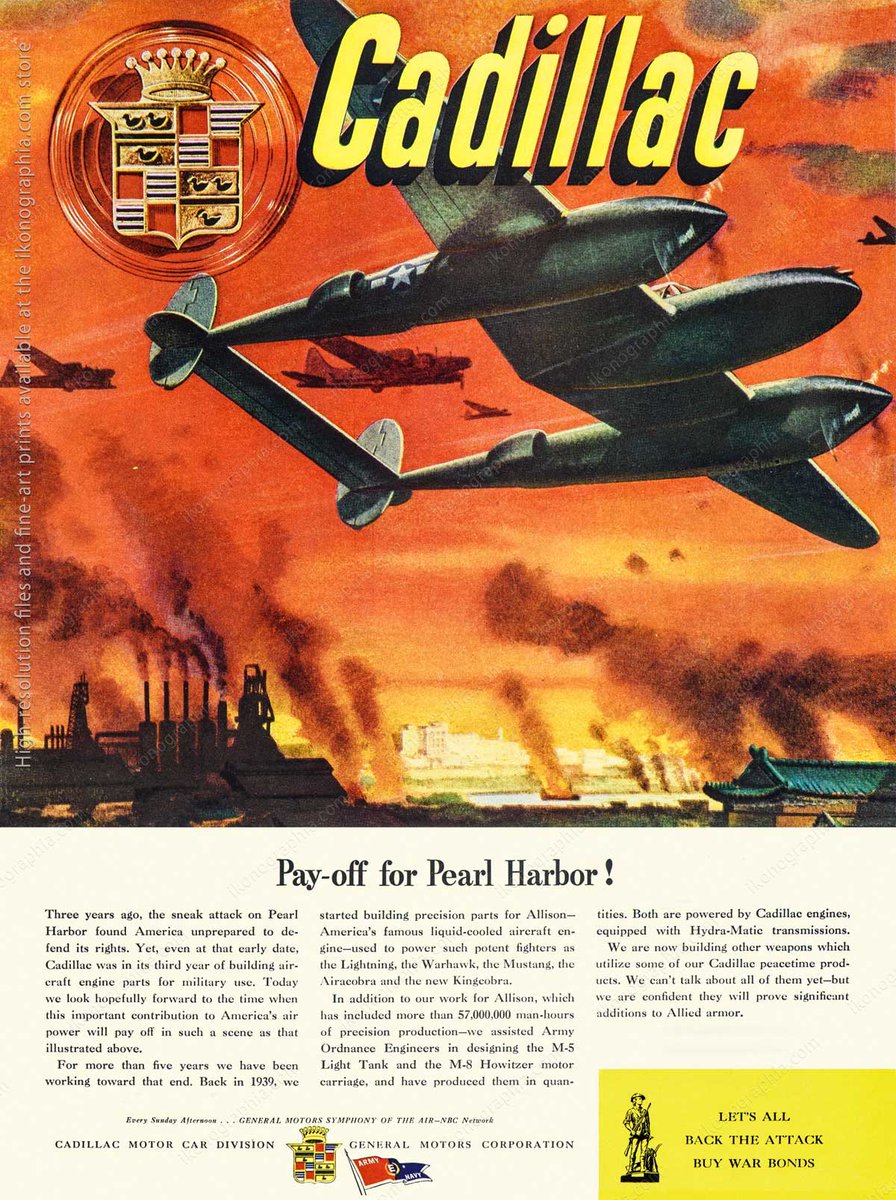Welcome to a special Os-Car Night #DavesCarIDService Late Show! No requests please, I'm just posting a thread of some of my favorite vintage stars with some of my favorite vintage cars. 
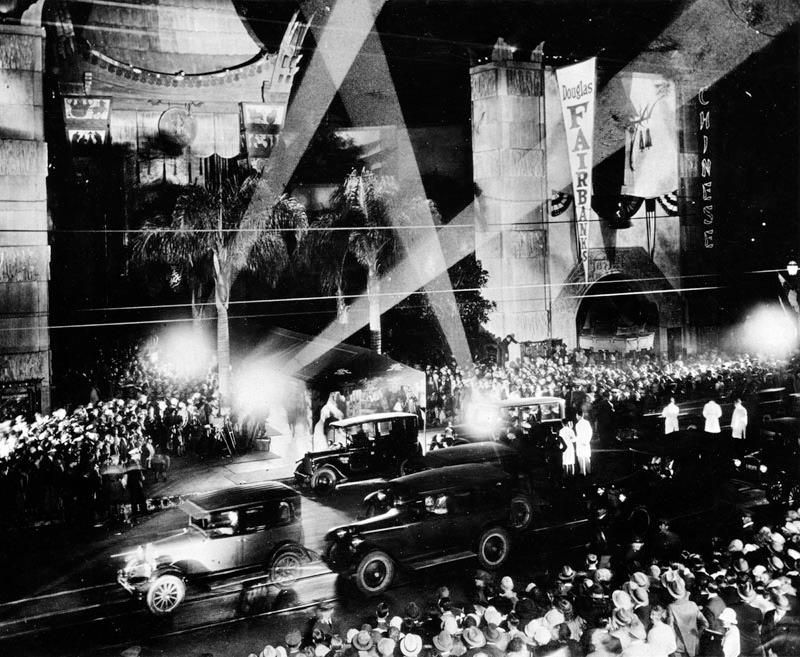
Let's start off with the Best Automobile In a Supporting Role. And the winner is: 1941 DeSoto Coupe in Cool Hand Luke. Here supporting the hard-working Joy Harmon
And on the topic of blonde bombshells, here's the OG blonde bombshell Jean Harlow and her stately 1934 Cadillac V12 Town Car. 
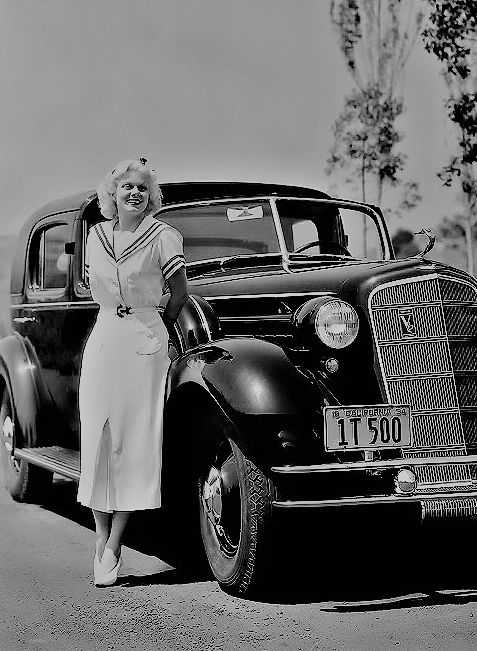
And a blonde bombshell of a different Hollywood age, the impossibly curvy Jayne Mansfield with an equally impossibly curvy 1949 Delahaye 175S Saoutchik roadster. 
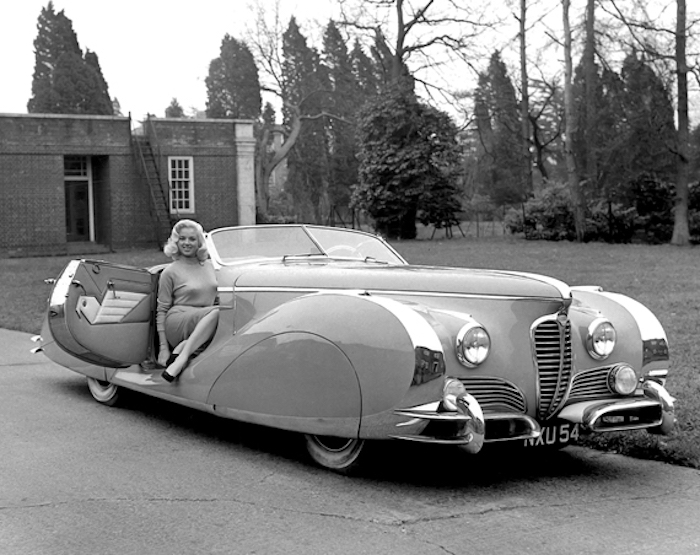
Yes, I realize I have female readers too, so it's time to bring out Hollywood's Duesenberg Boys - starting with the original, Gary Cooper, showing off his circa 1932 Duesenberg Derham touring car to William Powell. 
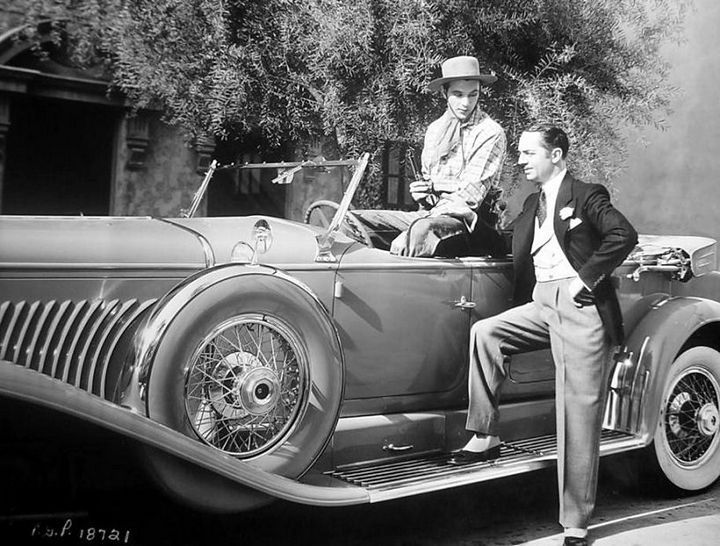
Nothing said "made it, Ma" in Tinseltown like your own custom tailored Duesy, a luxury that only the top box office stars could afford. Cooper had several, as did Clark Gable - here with his 1935 Duesenberg JN. 
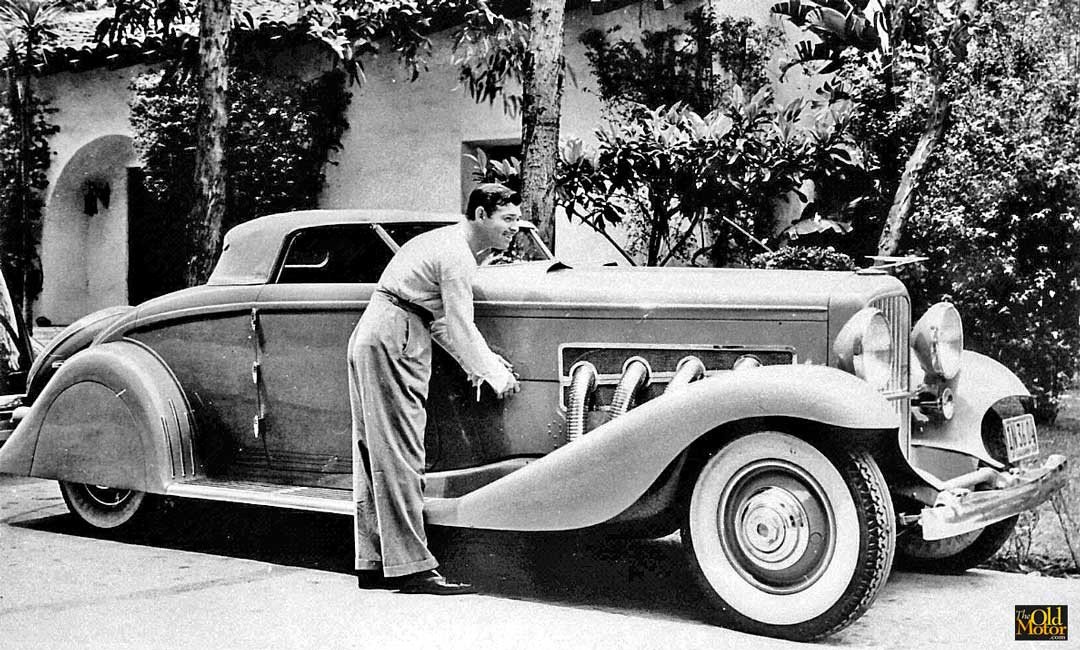
And how about Tyrone Power's 1930 Duesenberg J Torpedo Berline convertible? He actually bought it used. 
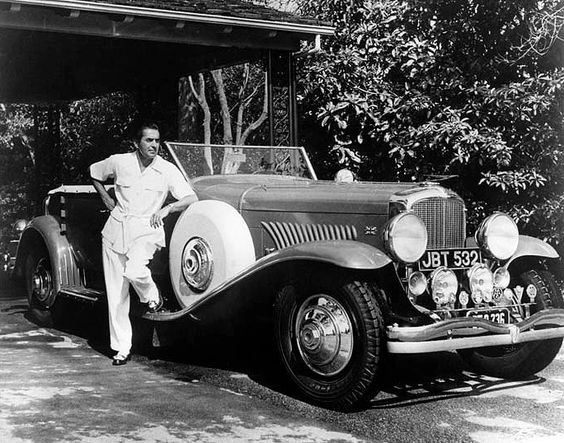
I interrupt this thread for a correction from an eagle-eyed Belgian: not Jayne Mansfield, but her British doppelganger Diana Dors. In my own defense, I got the car ID correct.
https://twitter.com/groucho78/status/1386452428556587011
Not all big Hollywood stars blew 10 years of a middle class income on a flashy custom luxury car. Here's the thrifty Joan Crawford cruising in her modestly priced but lovely 1933 Ford roadster. Although I see she hopped it up with a set of General Jumbo rims & tires. 
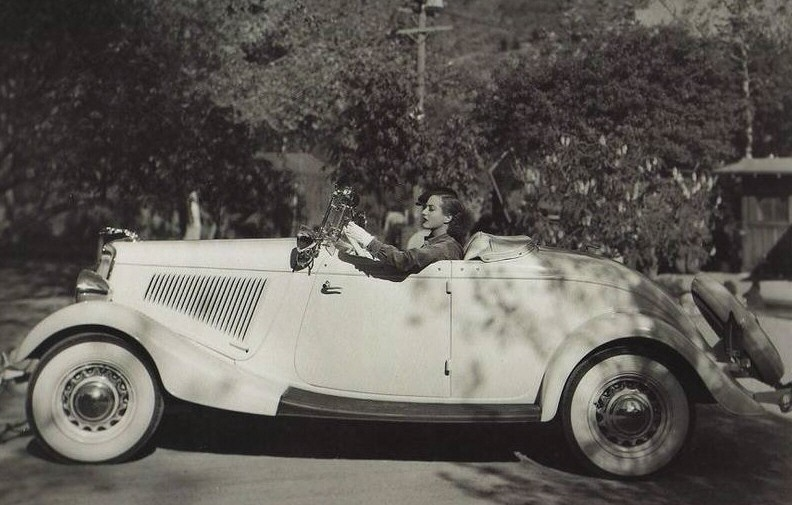
When it came to hopping up cars, nobody topped Robert Stack- a legit pre-war dry lakes land speed racer and member the LA Pacemakers hot rod club- before he went into acting. Here at Muroc 1939 with his Cragar head 1931 Ford Model A roadster, which he drove to 115.68 mph. 
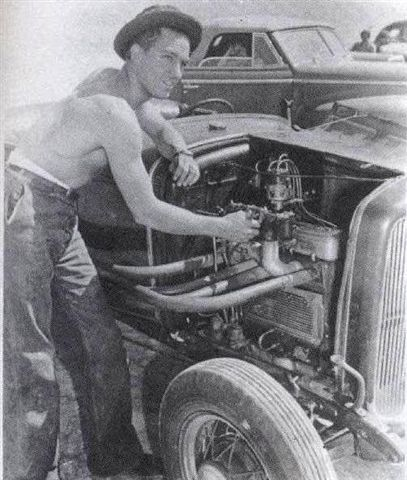
Unfortunately for Sophia that Benz turned out to be a lemon. Come ON, paparazzi, put down your damn cameras and give the poor lady a hand 
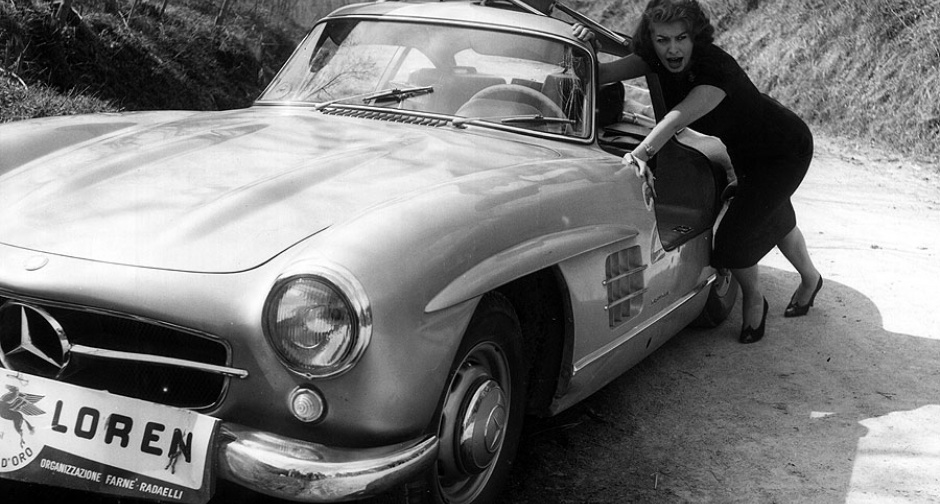
Rita & her Lincoln one year later during WW2. How can you not love a patriotic gal willing to sacrifice her bumpers for the war effort? 

For those grousing that the Sophia Loren image is photoshopped: fine. So here's a real one, you pedantic killjoys. 

Nothing says "in like Flynn" like legendary roue Errol Flynn in a 1952 Frazer-Nash Targa Florio Grand Sport. BTW, Frazer-Nash was a bespoke British car maker, and had no relation to either the Frazer or Nash US car companies. 

the ultimate Hollywood power couple Bogey & Bacall at home with their son Stephen and their 1952 Jaguar XK120. 
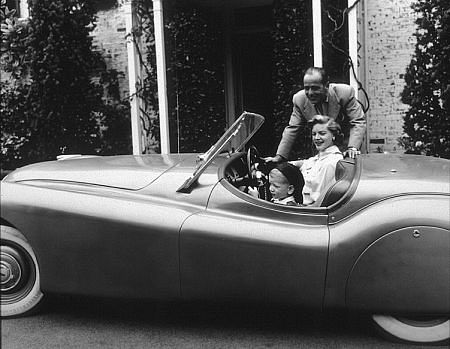
The voluptuous Ava Gardner and her 1958 Facel-Vega Excellence EX1. French built, but packing a Chrysler 392 Hemi. 

And the crooner who she almost drove to emotional ruin, Frank Sinatra, with his 1956 Dual Ghia. Italian built but, like Gardner's Facel Vega, packing a Chrysler Hemi. Chrysler Ghias were a prerequisite for membership in the Rat Pack; Sinatra, Dino, Sammy all owned at least one. 

Which reminds me: Jake Tapper's retro crime novel "The Devil May Dance" is out May 11, featuring murder, mobsters, mayhem, Rat Pack debauchery, and L 6.4 Dual Ghias. BTW, I served as his automotive technical advisor on the book. </humblebrag> 

Okay, gonna wrap this up with one of my favorite old timey Hollywood car stories: in 1933 Chico Marx bet studio exec Phil Berg that his supercharged Mercedes could beat Berg's supercharged Duesenberg. So they stripped 'em down and took 'em to Muroc and settled it like gentlemen. 

Spectators for that dusty dry lake event included all the Marx Bros, Clark Gable, Gary Cooper, Mae West, Carole Lombard, Al Jolson, as well as car racing legends Harry Miller and Earl Gilmore.
For the record, the Duesenberg won. USA! USA! USA!
For the record, the Duesenberg won. USA! USA! USA!
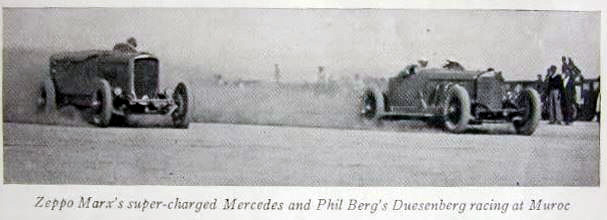
• • •
Missing some Tweet in this thread? You can try to
force a refresh

